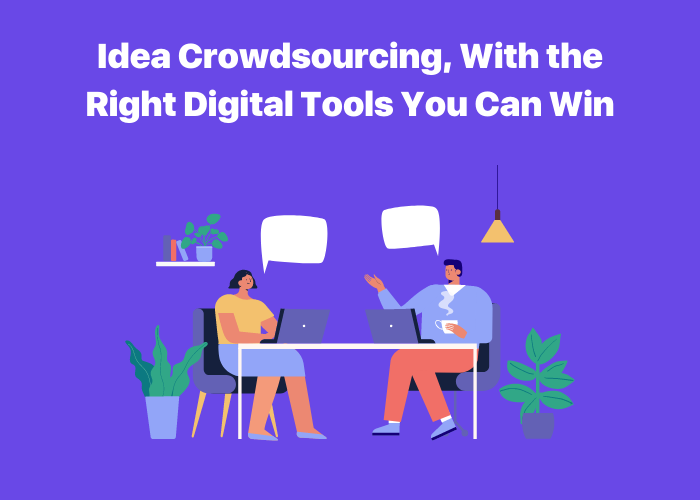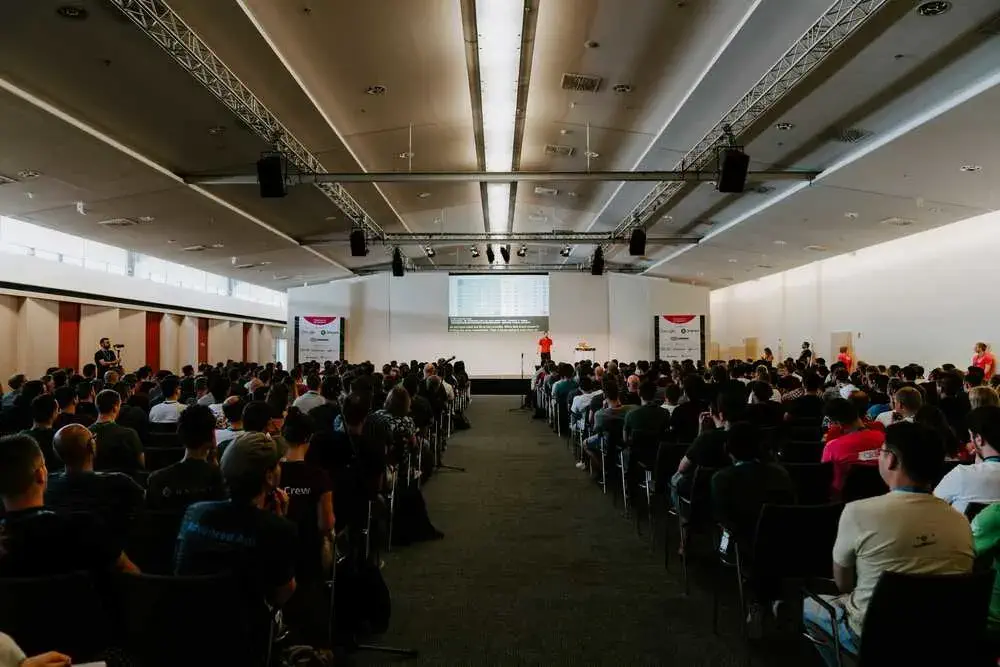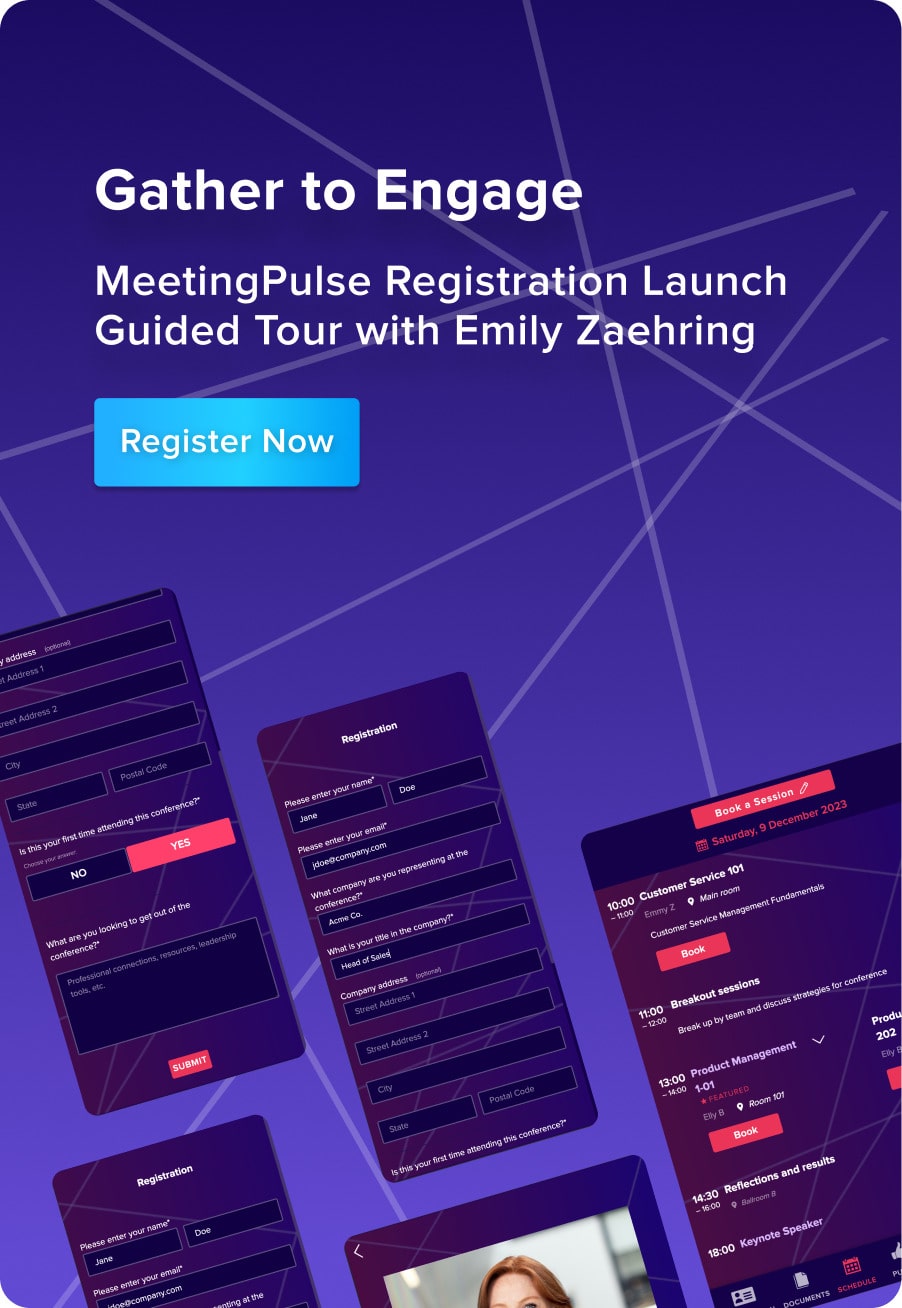You know the old adage: Two heads are better than one. Three? Even better. Four? Now you’re talking, and you’re also on your way to idea crowdsourcing.
What’s idea crowdsourcing? It’s defined as a process in which an individual or organization engages people to ideate together, playing off of one another’s collective intelligence and creativity to develop a new idea or set of ideas, or to solve problems.
Here is a real-world example of crowdsourcing. In 1916, Planters (of Planters’ Peanuts fame) called on the masses to help the then-fledgling company come up with a brand icon. A Virginia schoolboy, Antonio Gentile, answered the call and sent in his drawings of Mr. P. Nut Planter. Planters liked it so much that they gave the boy first prize, $5, and had an artist fancy up Antonio’s peanut man with a top hat and a monocle. The rest was crowdsourcing history.
Instead of relying on innovation attempts by a few insiders, Planters cast a wide net and asked the collective wisdom to offer up its great ideas. It paid off, and the market leaders gained a character that still represents the brand more than a century later.
Of course, when you call for open innovation from a large group, you have to know how to manage the influx of crowdsourced ideas and collaborate with external stakeholders.
In this article, we’ll describe how to go about problem solving by way of crowdsourcing innovation to drum up new ideas.
How do you conduct idea crowdsourcing?
As with other complex projects, step No. 1 is creating the right kind of environment — in this case, one that allows for effective mass collaboration. Having the right setup and tools will enable you to create better brainstorming and crowdsourcing sessions.
Though our opening example of crowdsourcing was of a national campaign, you don’t need to think in terms of a massive scale when crowdsourcing ideas. You can crowdsource ideas with any size of group that makes sense to your needs, as long as you can share ideas easily.
Crowdsourced innovation is easier than most organizations realize. Your capacity to crowdsource is likely higher than you realize. Crowdsourcing can, for example, be worked into any organization’s routine gatherings — whether you’re working in-person or bringing together online communities — including:
- All-hands meetings
- Town halls
- Department rallies
- Department meetings
- Ask Me Anythings (AMAs)
- Other audiences, like congregations
Having the right tools
At MeetingPulse, we have crowdsourcing platforms and tools designed to make group work a breeze. MeetingPulse’s idea crowdsourcing platform makes it simple to develop a crowdsourcing strategy. With the Ideas platform, you can:
- Handle events with different speakers and meetings that cover multiple topics with ease.
- Group your Ideas into topics to better organize them.
- Sort Ideas from newest to oldest.
- Use power voting options like upvoting/downvoting, upvoting only, 5-star rating, no voting, and more.
- Choose unique icons to identify different topics.
MeetingPulse has several other tools that are also effective crowdsourcing resources, including:
- Q&A sessions that let participants vote on the importance of one another’s questions
- Crowdsourced Agenda tools
- Online Chat
- Pulse™ sentiment expression
What is the best environment for crowdsourcing?
It’s one thing to call a group together and ask for their input. It’s another to create an environment that will make each attendee feel comfortable enough to get engaged and share their valuable ideas. That kind of setting helps to bring out diversity of thought from your group, and it’s one that MeetingPulse tools encourage.
Here are a few best practices to create such an environment, whether you’re using a crowdsourcing platform or not:
- Ensure that anyone at a meeting or event can easily propose ideas and vote on others’ ideas, or ask and answer questions. Free-flowing communication is one of the key components of a crowdsourcing project if you want your participants to engage and start collaborating.
- Record each idea and question so they can be addressed immediately, or followed up on later if an answer isn’t immediately available. It’s easy to get lost in a tangent or forget something that has been said if we don’t keep a good record of what’s happening, and you certainly don’t want to lose out on any interesting ideas or thoughts that pop up. Equally important, if you need to find an answer to something later, writing the question down can help you to remember exactly the information you’re looking for.
- Anonymity gives people freedom to ask what matters most. Psychological safety, a core benefit of MeetingPulse’s services, encourages people to offer up their best ideas. This can be especially important in the beginning phases of crowdsourcing if your collaborators are unknown to one another and not yet comfortable really digging into a topic just yet.
- Anonymity also allows everyone to evaluate ideas on their merits, not the status of their source. We want to chase really terrific ideas, don’t we? It can be harder to do if some people in the group have more clout or seniority than others. An even playing field can give all ideas the same opportunity to flourish.
What are the benefits of crowdsourcing?
There’s a lot to look forward to when it comes to crowdsourcing in addition to bringing that one killer idea to life. Here are some benefits you can look forward to:
- Better bottom-up communication from audiences.
- Employees and other audiences can feel more engaged and valued if they’re asked to be part of the process and feel like they actually have a chance to contribute.
- Get more suggestions from audiences, especially in digital business meetings or hybrid/virtual groups, because it makes it easier for everyone to have a voice via open live brainstorming sessions.
- Better, more pertinent input from audiences, particularly when there is a level of anonymity to the process.
- Greater employee retention when everyone has a voice and gets a response. We all want to feel like we’re appreciated and part of the team, right?
- Lower costs for generating ideas.
- Greater speed of gathering ideas, thanks to a larger group of brainpowers.
- More diversity of thinkers.
- Receiving unexpected ideas.
- Possible marketing and media coverage. If your project is of enough interest or has an end result that’s just too cool not to share, it can become a bigger story, just like Mr. Peanut.
- Collect customer/market data from replies. Chances are, you’ll find out much more about your organization than just the ideas you’re seeking when you start to go through audience submissions.

How can I make crowdsourcing better?
Now that we’ve discussed how you can crowdsource a project, let’s talk about a few ways you can make the most of your crowdsourcing efforts.
- Be specific in your needs and your desired outcome. Communicate clear, precisely defined goals so that everyone participating can easily understand what your needs are and submit ideas that are aligned with them.
- Provide a simple, uniform format for submissions, and have all submissions sent to one place (or as few as possible), whether it’s via email, a social media platform, crowdsourcing sites, snail mail or another means. Limiting where submissions are to be received will help you keep track of them. (MeetingPulse’s Ideas module is one example).
- Engage frequently. Check in with the crowd, give them updates as the project progresses and offer feedback if needed. If you want your project to succeed, it’s important to make your audience feel included along the way.
- Be truly open to outside ideas and new ideas generally. We all know organizations generally have a standard way of solving their business challenges, and sometimes expanding beyond that process can be difficult. It can also be highly rewarding. Don’t miss out on a great idea because it feels too different.
- Offer incentives or rewards to keep people engaged and submitting their ideas. Simple enough, right? It doesn’t even have to be a big reward. Small tokens of gratitude can go a long way.
Conclusion
As we’ve discussed, crowdsourcing can be a wonderful way to really broaden your organization’s horizons and welcome new collaborators into the fold. It’s also a great way to pump some fresh ideas into your brand. You can think of it as idea management — gathering new ideas and processing them in a thorough, sophisticated manner. When you have the right tools and partners, it’s much easier to take innovation to a higher level. MeetingPulse can help you make your crowdsourcing project a success.






